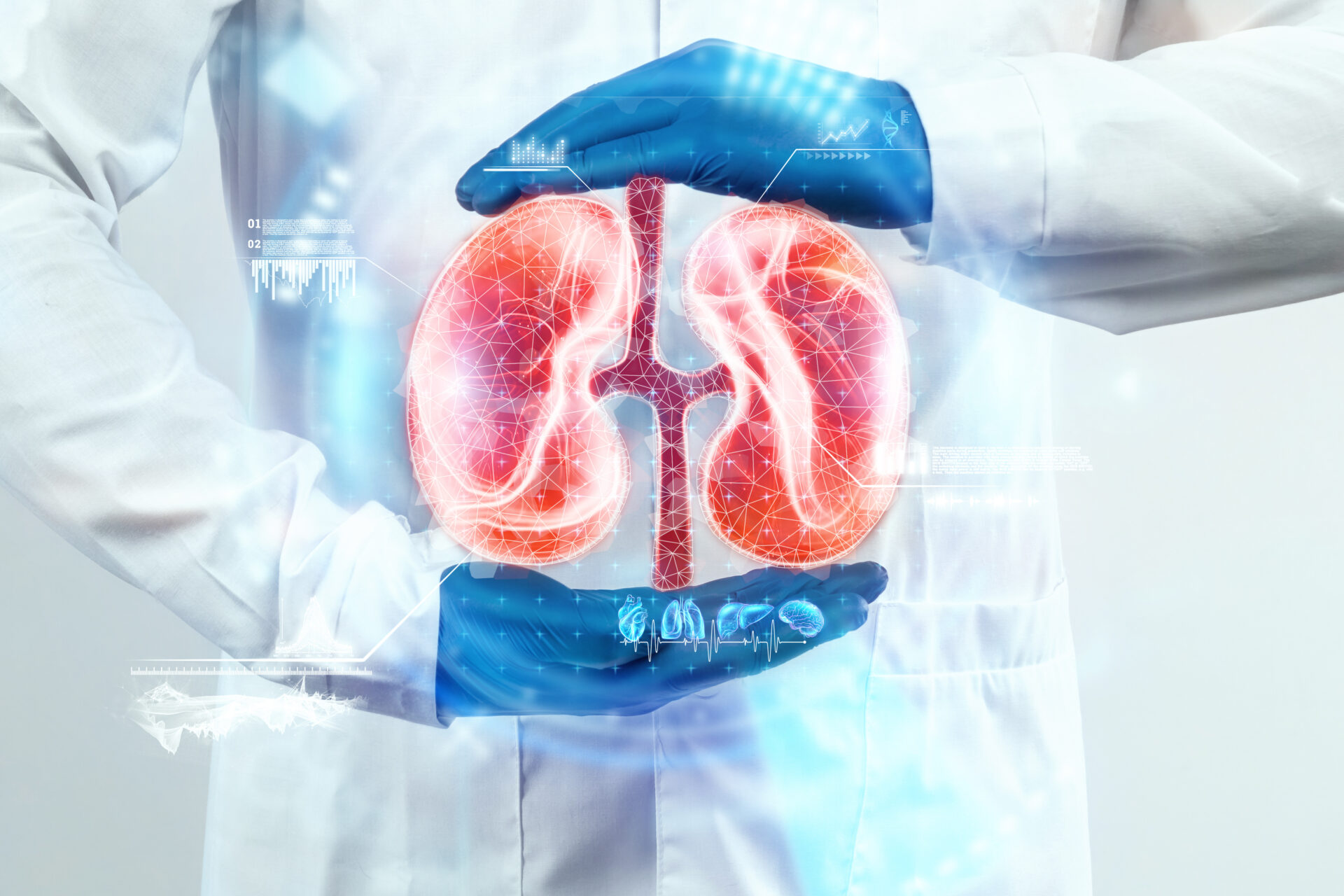The In-Center Dialysis Process Explained
For most people with kidney failure, chronic kidney disease, or end-stage renal disease (ESRD), lifesaving hemodialysis treatment is required to maintain health and well-being.
At Innovative Renal Care, we can help you navigate the in-center dialysis process and answer any questions you might have.
Here, you can learn more about what to expect, how the process works, and how to prepare for treatment. If a kidney transplant is the next step of your treatment plan, we can also help you navigate that process.
Next, we share what ESRD is and answer the question, “How does hemodialysis work?”


What Is End-Stage Renal Disease (ESRD)?
End-stage renal disease is the final, permanent stage of chronic kidney disease. This illness occurs when kidney function has declined to the point that they no longer function independently.
Those with ESRD must receive dialysis or a kidney transplant to continue living an active lifestyle. There are different types of dialysis that people with ESRD can consider: in-center hemodialysis, home hemodialysis, and peritoneal dialysis.

How Does Hemodialysis Work?
To fully understand how hemodialysis works and why it’s vital for those with ESRD, you must first understand why the kidneys are essential to survival.
The kidneys are biological marvels that:
- Remove excess fluids, waste products, and other toxins from the blood.
- Produce hormones.
- Regulate mineral levels.
- Regulate blood pressure.
- Make Vitamin D.
- Maintain the body’s acid-base balance.
These organs clean the body’s blood about 300 times a day. Excess fluids, waste products, and other toxins can no longer be filtered out when kidneys stop functioning correctly, which causes life-threatening symptoms.
To prevent these symptoms, the blood must be regularly cleaned using dialysis.
How does dialysis work, exactly? Every dialysis patient needs an access site in the hand, wrist, or arm. This allows a nurse or dialysis technician to reach the blood easily.
First, they attach soft tubes from your access site to the dialysis machine. When treatment begins, the dialysis machine pumps your blood through a special filter called a dialyzer. The dialyzer acts as an artificial kidney, filtering metabolic waste and excess fluid and cleansing your blood. It also administers anti-coagulants and monitors your circulation.
While every Innovative Renal Care dialysis patient receives a customized treatment schedule, most patients require three to four weekly treatments, with each taking between three or more hours.

Preparing for Treatment
Before each in-center dialysis treatment, you and your nephrologist or registered nurse will check and review several things to ensure your safety and optimal treatment outcome. They include:
- Weight – to determine how much fluid must be removed during treatment.
- Vital signs (e.g., temperature, blood pressure, and respiratory rate) – to determine your current overall health.
- Access site – to determine whether it’s functioning correctly (they will also clean and sanitize it.)
- Lab results – to determine your latest levels of sodium, potassium, phosphorus, blood urea nitrogen, and creatinine (this helps determine the effectiveness of your treatment.)
Scheduled medications – to determine which should be administered before and after treatment

Dialysis Vein Access Options
For hemodialysis patients, there are three main vein access options. These access options are crucial for successful hemodialysis treatments.
Arteriovenous (AV) Fistula
An AV fistula is a surgical connection between a patient’s artery and vein, typically in the arm. This minor surgical procedure creates a reliable access point for hemodialysis treatments, allowing blood to flow easily from the patient through the dialysis machine and back to the patient within a closed and sterile environment.
Arteriovenous (AV) Graft
An AV graft is a surgically implanted connection between a patient’s artery and vein under the skin. This minor surgical procedure creates a reliable access point for hemodialysis treatments, allowing the blood to flow easily from the patient through the dialysis machine and back in a closed, sterile environment. It is an alternative to AV fistulas for patients with small or weak veins.
Central Line Catheter
A central line catheter is a medical device with a long, thin tube. This tube is surgically implanted between a patient’s major vein in the neck, chest, or groin and threaded into a large vein near the heart. It creates a reliable access point for hemodialysis treatments, allowing the blood to flow easily from the patient through the dialysis machine and back in a closed, sterile environment. This is an alternative to AV fistulas or AV grafts for patients with damaged or inadequate veins.

Dietary and Fluid Restrictions
To maintain optimal health between dialysis treatments and enjoy smoother treatment sessions, following these dietary guidelines is essential:
- Sodium
Avoid high-sodium foods like processed foods, canned soups, salty snacks, and certain condiments to stave off excess fluid retention and increased blood pressure. - Potassium
Avoid foods high in potassium, like bananas, oranges, tomatoes, and potatoes, to stave off nausea, weakness, numbness, low blood pressure, and heart attack. - Phosphorus
Avoid foods high in phosphorus, like dairy products, nuts, and certain colas. Excess phosphorus can pull calcium out of your bones and weaken them. - Protein
Avoid foods high in protein to stave off a buildup of waste products in the blood. - Fluid
Restrict fluid intake to avoid fluid retention, high blood pressure, and shortness of breath.
These are general dietary guidelines for hemodialysis patients. Please consult your dialysis care and support teams for personalized guidelines to ensure your best possible health outcome.

Beyond Dialysis: Kidney Transplants
Approximately 800,000 Americans are living with kidney failure every day, according to the American Kidney Fund. To maintain their best health, some people can get a kidney transplant if they qualify, and it’s in their personalized treatment plan.
The average wait time for a kidney transplant is two to three years once you qualify and are added to the national kidney transplant waiting list. Unfortunately, right now, there is a significant shortage of kidneys available for transplant, making it a public health crisis.
- A life expectancy of five years.
- Adequate nutritional status.
- Appropriate physical conditioning to tolerate the transplant.
- Reliable, consistent caregivers.




